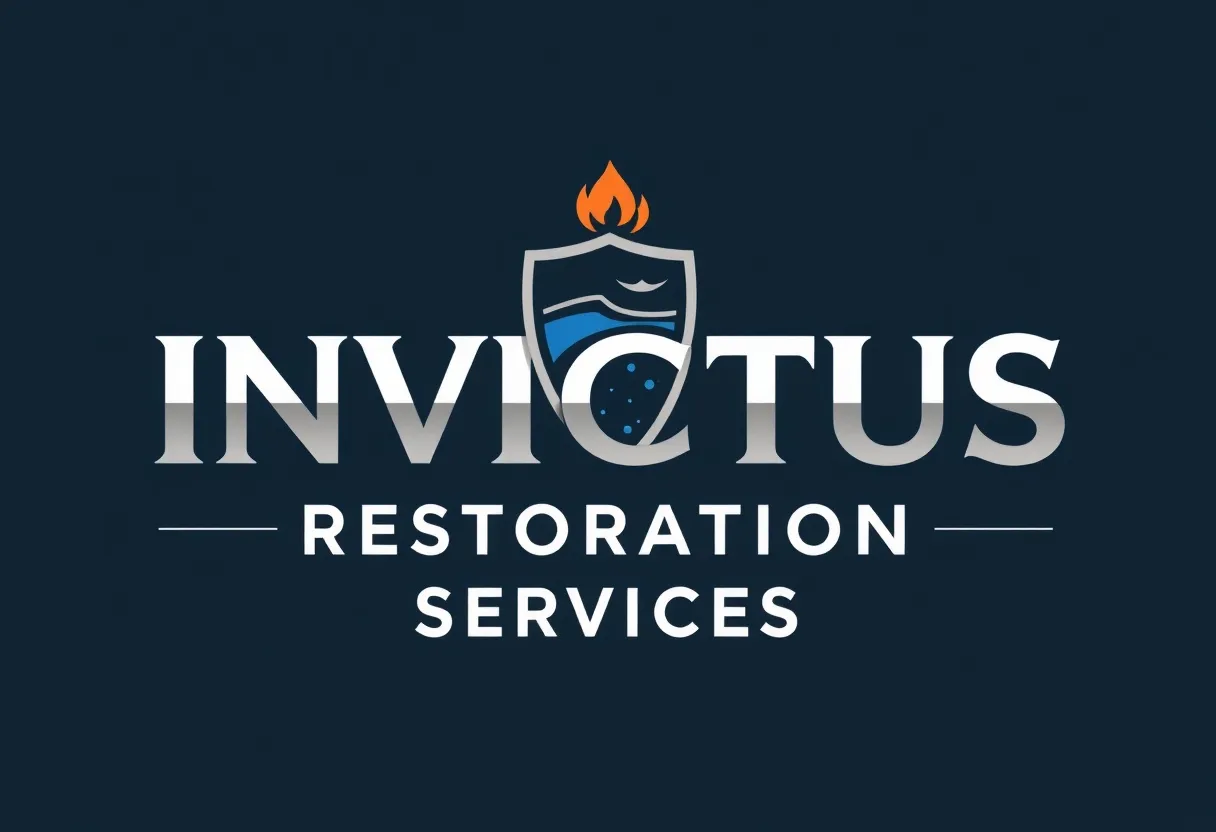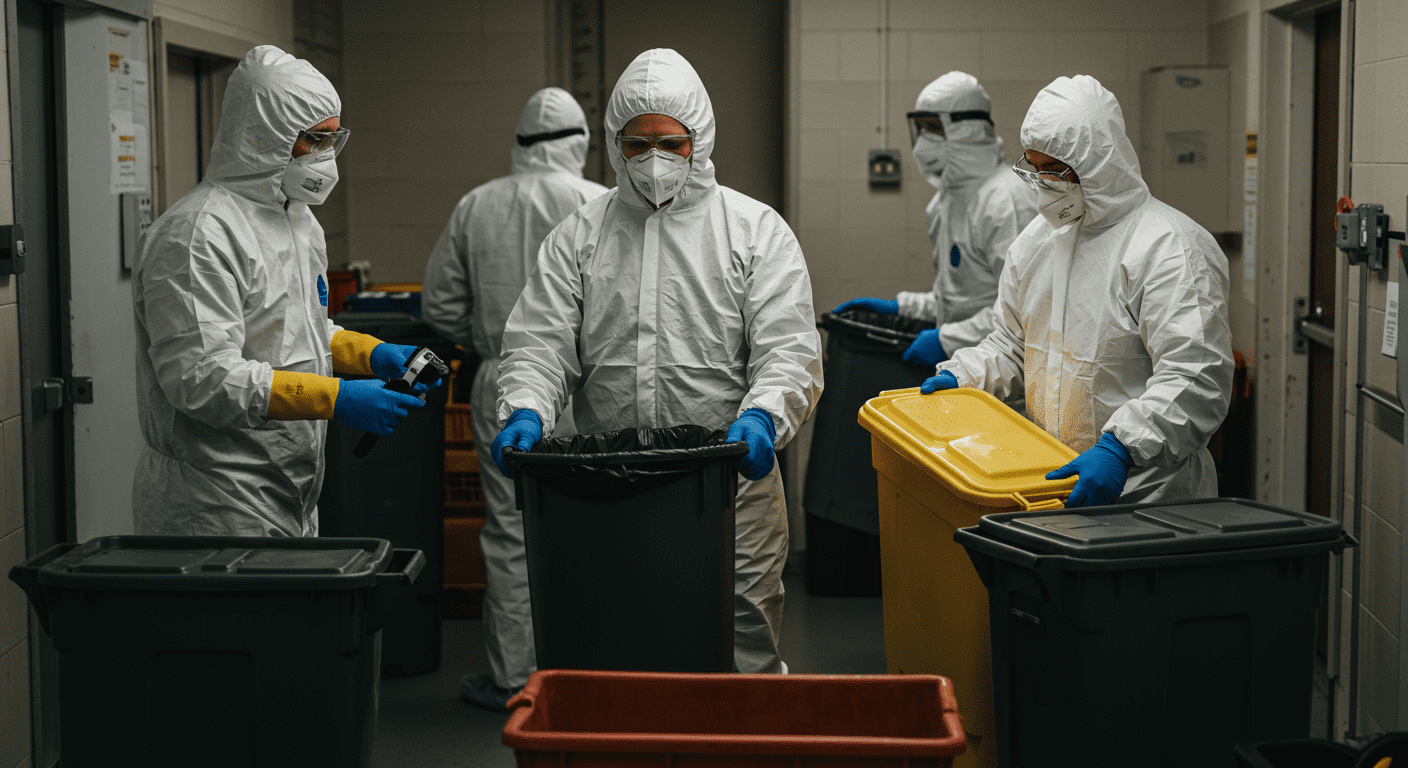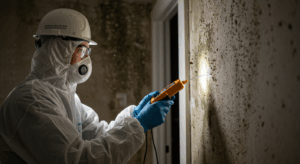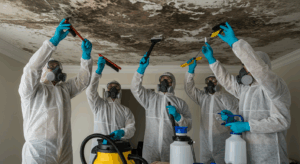Biohazard cleanup is a critical process that ensures the safe removal and disposal of hazardous biological materials. Whether it’s cleaning up after a medical incident, crime scene, or industrial accident, adhering to the Occupational Safety and Health Administration (OSHA) guidelines is essential for maintaining safety and compliance. This article delves into the OSHA standards for biohazard cleanup, training requirements, and best practices to ensure a safe and effective cleanup process.
Understanding Biohazard Cleanup
What is Biohazard Cleanup?
Biohazard cleanup refers to the process of cleaning, sanitizing, and disposing of biological materials that pose a risk to human health. These materials can include blood, bodily fluids, and other potentially infectious substances. Proper biohazard cleanup is crucial to prevent the spread of diseases and protect both workers and the public.
Importance of Following OSHA Guidelines
OSHA guidelines are designed to safeguard workers involved in biohazard cleanup. These standards ensure that employees are equipped with the necessary training, tools, and protective measures to handle hazardous materials safely. Non-compliance with OSHA regulations can lead to severe penalties, legal consequences, and increased health risks.
Key OSHA Guidelines for Biohazard Cleanup
Overview of OSHA Standards
OSHA has established comprehensive standards to address the risks associated with biohazard cleanup. These guidelines cover various aspects, including hazard communication, exposure control plans, and proper waste disposal methods. Employers are required to provide a safe working environment and implement measures to minimize exposure to biohazardous materials.
Bloodborne Pathogens Standard (29 CFR 1910.1030)
The Bloodborne Pathogens Standard is one of the most critical OSHA regulations for biohazard cleanup. This standard mandates that employers develop an exposure control plan, provide personal protective equipment (PPE), and offer hepatitis B vaccinations to employees. Additionally, it requires proper labeling of biohazard materials and the use of engineering controls to reduce exposure risks.
Training Requirements for Biohazard Cleanup Workers
HAZWOPER Training Standards
The Hazardous Waste Operations and Emergency Response (HAZWOPER) standard outlines the training requirements for workers involved in biohazard cleanup. This training ensures that employees understand how to identify hazards, use protective equipment, and follow proper decontamination procedures. HAZWOPER training is essential for maintaining a safe and compliant work environment.
Importance of Proper Training and Certification
Proper training and certification are vital for biohazard cleanup workers. Employees must be well-versed in OSHA guidelines, emergency response protocols, and waste disposal methods. Comprehensive training not only enhances worker safety but also ensures compliance with regulatory requirements.
Best Practices for Compliance with OSHA Guidelines
Proper Waste Disposal Methods
Effective waste disposal is a cornerstone of biohazard cleanup. OSHA requires that biohazardous materials be disposed of in designated containers, which are clearly labeled and leak-proof. Methods such as incineration and autoclaving are commonly used to neutralize hazardous waste. Proper disposal practices prevent environmental contamination and protect public health.
Use of Personal Protective Equipment (PPE)
Personal protective equipment is essential for minimizing exposure to biohazardous materials. Workers must wear gloves, masks, goggles, and protective suits to shield themselves from potential hazards. Employers are responsible for providing appropriate PPE and ensuring that it is used correctly.
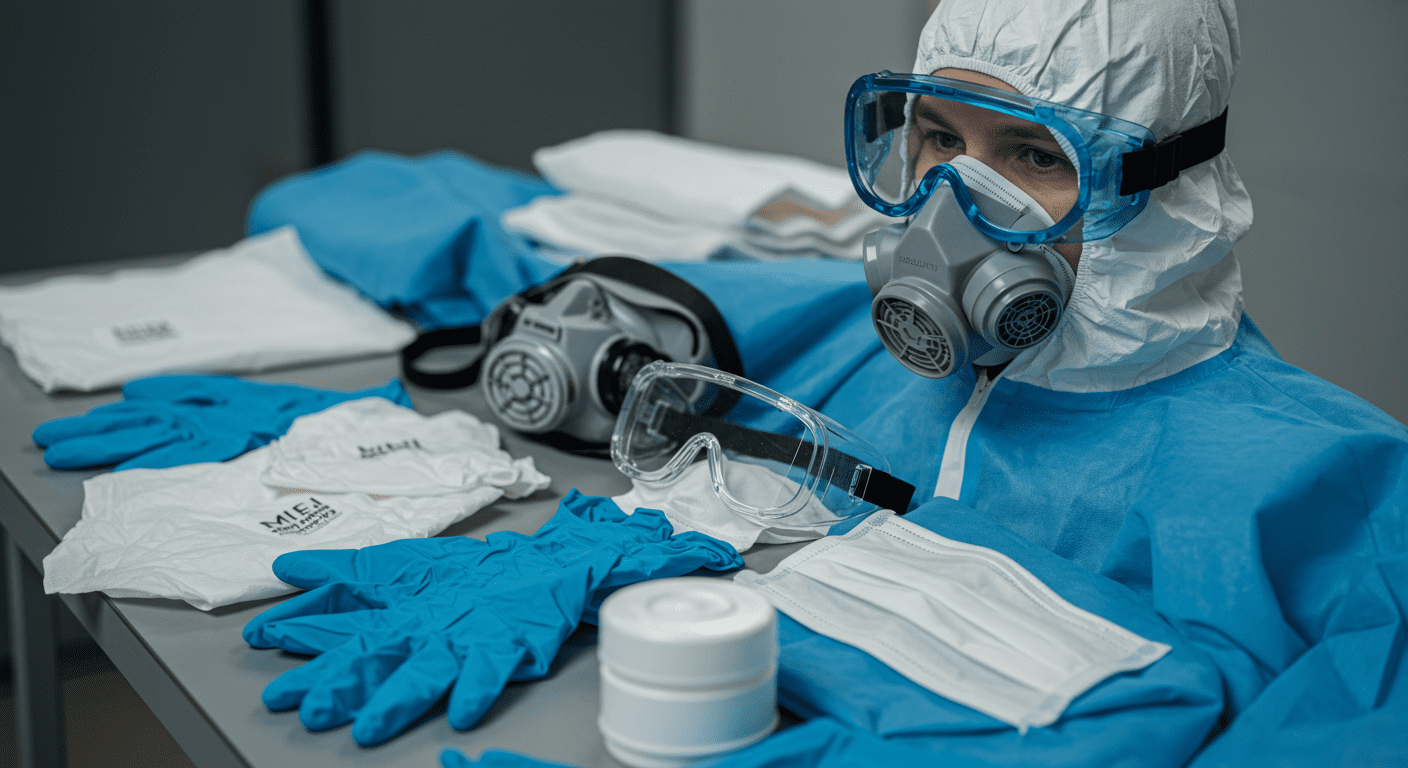
By adhering to OSHA guidelines, employers and workers can ensure a safe and compliant biohazard cleanup process. For more detailed information on biohazard cleanup procedures, check out our Comprehensive Biohazard Cleanup Procedures in Cheyenne, WY: Your Guide to Safe and Effective Remediation. Additionally, explore our Essential Guide: How to Clean Biohazard Waste Safely in Cheyenne, WY for practical tips and insights.
By following these standards and best practices, businesses can protect their employees, comply with regulations, and contribute to a safer environment.
